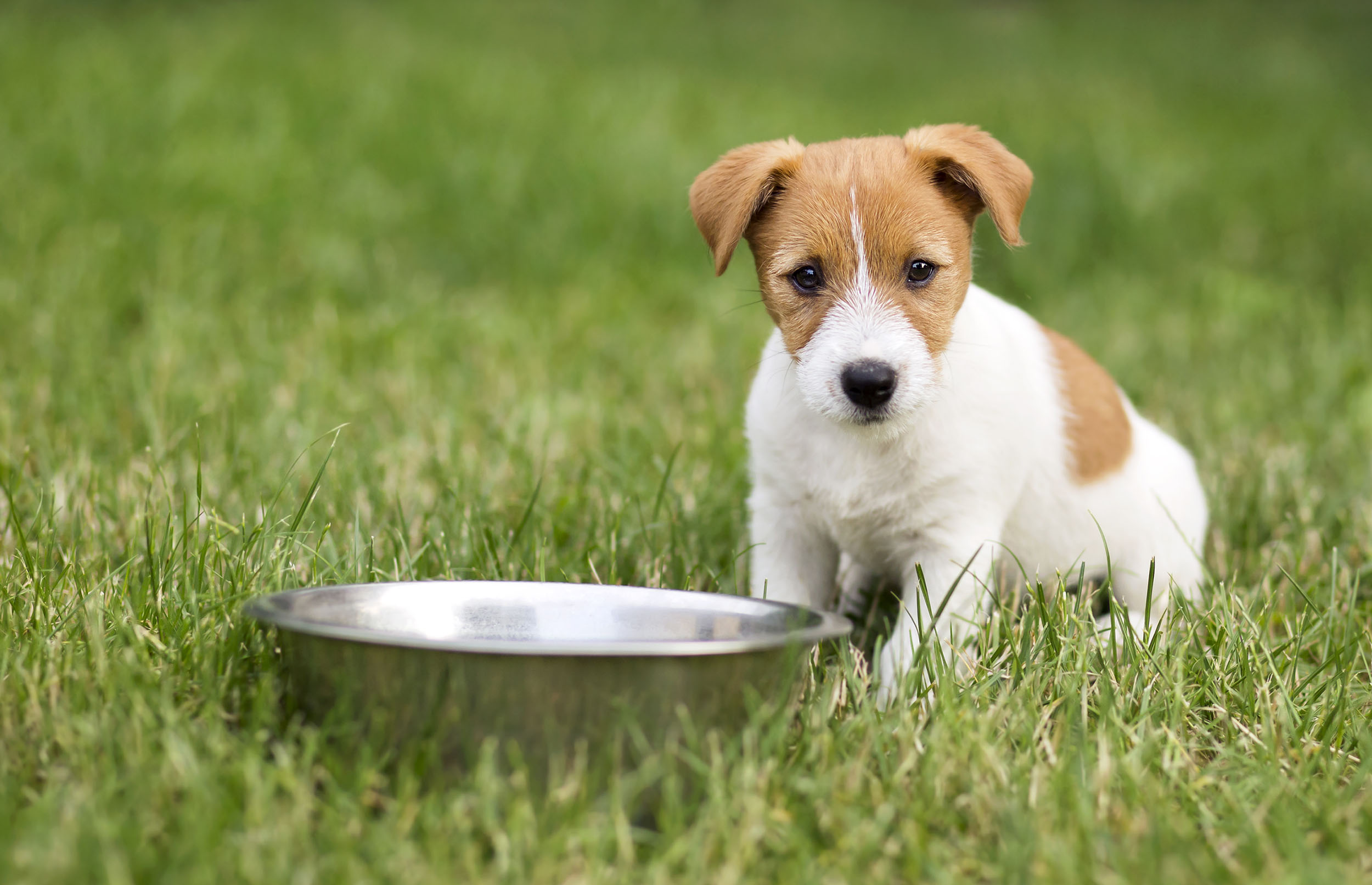Size is a big issue regarding how much to feed your dog. For example, recently, there was an article listing Chihuahua as one of the best companions. However, even they come in different sizes. I have a friend who has one that is 2 pounds and another friend who has one that is 10 pounds. You wouldn’t feed a 2-pound dog as much as you would a 10-pound one.
Regarding feeding dogs, opinions may vary based on personal experiences, but it’s essential to focus on scientific facts when determining the best feeding practices for dogs.
As for puppies, generally, it is recommended not to separate them from their mother before eight weeks of age. However, in rare cases, puppies may be orphaned. Generally, a guideline for determining the quantity of food to feed puppies is to provide 5% of their body weight.
However, it’s worth noting that the actual amount of food consumed by a dog can vary depending on the size of the dog. One can have a thumb rule of feeding the puppy goes until you see visible fullness of the abdomen to a moderate degree. If you are feeding the animal without emphasizing the animal’s stomach appearance, then the puppy may experience some kinds of digestive upsets, and diarrhea may occur.
This may cause many inconveniences to the owner as well as the puppy. Unlike adult dogs, the puppies must be fed with restricted amounts of food but with more frequency. However, once the age advances, the amount may be increased to some extent, but the feeding frequency is often decreased on many occasions.
A dog on a raw diet may consume only two to four percent of their body weight. Just observe the dog’s feeding pattern and the animal’s body condition closely. If the dog becomes obese, just reduce the quantity of food and if the dog becomes thin, then increase the feeding items.
As mentioned earlier, puppies and adolescent dogs eat more than adult dogs. Likewise, the geriatric dog eats less than the adult dog due to the reduced movements of the dog. However, remember to restrict the amounts of protein during the feeding of the diet to the aged dogs.
Here is a quick reference chart that gives the amount you should feed your dog based on its weight.
- 1/3 cup per day if they weigh 3 pounds
- 1/2 cup per day if they weigh 6 pounds
- 3/4 cup per day if they weigh 10 pounds
- 1 cup per day if they weigh 15 pounds
- 1 2/3 cups per day if they weigh 20 pounds
- 1 3/4 cups per day if they weigh 30 pounds
- 2 1/4 cups per day if they weigh 40 pounds
- 2 2/3 cups per day if they weigh 50 pounds
- 3 cups per day if they weigh 60 pounds
- 3 1/2 cups per day if they weigh 70 pounds
- 3 3/4 cups per day if they weigh 80 pounds
- 4 1/4 cups per day if they weigh 90 pounds
- 4 1/2 cups per day if they weigh 100 pounds
Over-feeding a dog can have serious health consequences. When a dog eats more calories than it burns off, the excess energy is stored as fat. Over time, this can lead to obesity, which can increase the risk of a number of health problems. Some of the health risks of obesity in dogs include:
- Joint problems: Obesity puts extra stress on a dog’s joints, which can lead to arthritis and other joint problems.
- Respiratory issues: Excess fat in the chest and throat can make it difficult for a dog to breathe.
- Heart disease: Obesity can increase the risk of heart disease, which can lead to heart failure.
- Diabetes: Obesity can make it more difficult for a dog’s body to use insulin, which can lead to diabetes.
- Cancer: Obesity has been linked to an increased risk of certain types of cancer, such as osteosarcoma (a type of bone cancer) and lymphoma.
- Reduced life expectancy: Obesity can significantly shorten a dog’s lifespan.
It’s important to maintain a proper weight for your dog. Feeding the correct amount of food at the correct time and according to the dog’s activity level is crucial. It’s always best to consult with a veterinarian to know the adequate amount and type of food for your dog’s breed, age, weight, and activity level.



